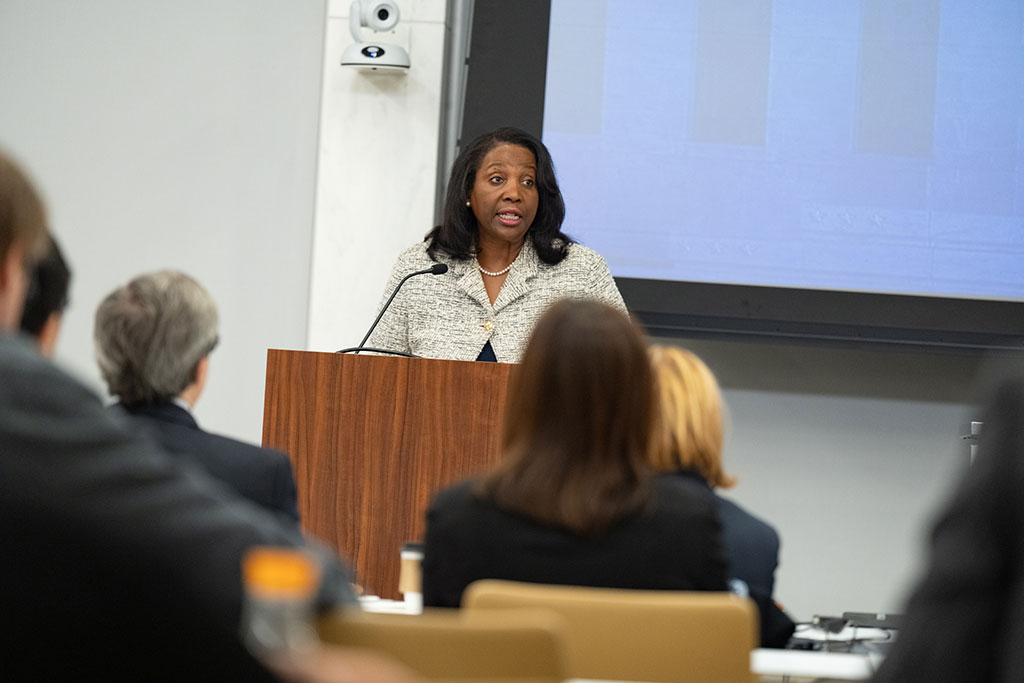CDP: Retail insurance market can help cover climate disasters in developing countries

By Rebecca Delaney
Feb 7 - (The Insurer) - Political shifts around climate issues are unlikely to impede the scaling up of pre-agreed international crisis finance, according to the Centre for Disaster Protection (CDP).
Last month, a high-level panel convened by the CDP called for a tenfold increase in the proportion of crisis finance that is pre-arranged to 20 percent by 2035. This requires an intermediate fourfold increase to circa 8 percent by 2028.
The report also set out several other recommendations around the scaling of regional risk pools in a sustainable, transparent and effective manner, as well as public asset insurance schemes and fostering greater risk-informed country leadership.
“What we have agreed is that each of the recommendations makes sense by themselves, and together they make sense as well,” said Colin Bruce, co-chair of the CDP and special envoy for humanitarian and development affairs at the International Committee of the Red Cross.
The panel’s recommendations were finalised prior to a slew of executive orders from President Trump, some of which are aimed at scaling back climate and wider environmental policy action.
However, Bruce told Sustainable Insurer that this does not impact the panel’s aims for the next 10 years.
“It's not just the US or the multilateral development banks, it's what affected countries do themselves,” he said. “In fact, our first recommendation calls on all countries to look at pre-arranged financing as one way of reducing the cost and the impact of these events. So it's everyone doing their part, and also recognising that we will have political cycles.”
Bruce added that he “takes comfort” in data from the UN Development Programme’s people’s climate vote, which found that 78 percent of respondents want their country to provide more protection for people at risk of extreme weather impacts.
In addition, 63 percent said they are currently taking climate change into consideration in decisions around everyday activities and investments.
“There is an underlying evolution of public opinion, which the optimistic part of me says ultimately will trump the political cycles that all countries experience,” Bruce added.
“We think there is merit in simply looking at how the system itself is evolving over time, and how public opinion, no doubt, is a driving factor.”
CDP director Daniel Clarke noted that the report called for an increase in the portion of international crisis financing that is pre-agreed, rather than setting goals around the total figure itself.
“Regardless of what happens to the size of the pie, we can make that money work harder by shifting it away from being ad hoc finance, taking that part of those risks that is modellable, shifting that and becoming pre-arranged,” he explained.
“So the recommendations still stand, regardless of what happens in individual countries, even big donor countries.”
The high-level panel was convened early last year following shifts among multilateral institutions to focus on crisis response, as well as moves from countries themselves to develop disaster risk reduction plans.
“We also are seeing in the private sector that 35 percent of risks can be modelled in the insurance industry,” said Bruce.
“We feel that it's a moment now to marshal the entire international system around a very sensible, pragmatic agenda, albeit one that will not happen just by itself. We need host countries, donors, the private sector and the insurance industry to all do their part. That's how we see it – an opportunity and a moment.”
Currently, around one-third of pre-arranged finance is in the form of insurance mechanisms, with the largest share of pre-arranged finance derived from contingent loans, typically provided by international development banks.
“When it comes to insurance, policymakers can be quite nervous about buying the wrong insurance policy against the wrong risks at the wrong price,” said Clarke.
“A lot of the contingent loans trigger based on whether countries themselves declare an emergency. So it’s not an insurable trigger, but it provides less risk that the country is frustrated that the product hasn't paid when it should.”
He said this raises an opportunity cost for banks holding back the loans until a disaster occurs, particularly for low-probability events. A separate CDP report last year found that insurance was more cost-effective, particularly for events such as one-in-five-year floods or a one-in-seven-year cyclone.
“The panel's view was certainly not that insurance should be the answer to everything, but that insurance really has to play a key role going forward,” Clarke said.
“Both at the level of how governments arrange their finances and how international partners work with them, as well as at the household level where you have farmers or homeowners exposed to risk – there's a real role for a retail insurance market that helps people with disaster risks.”





